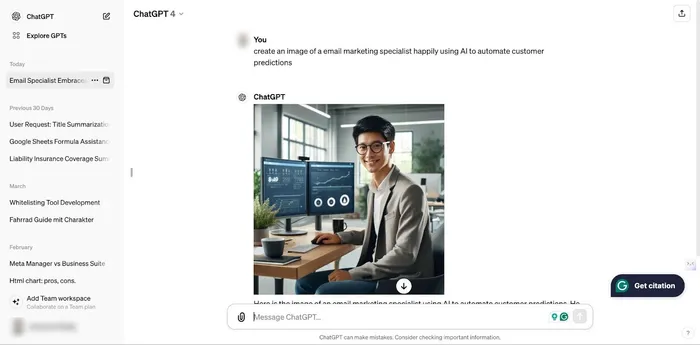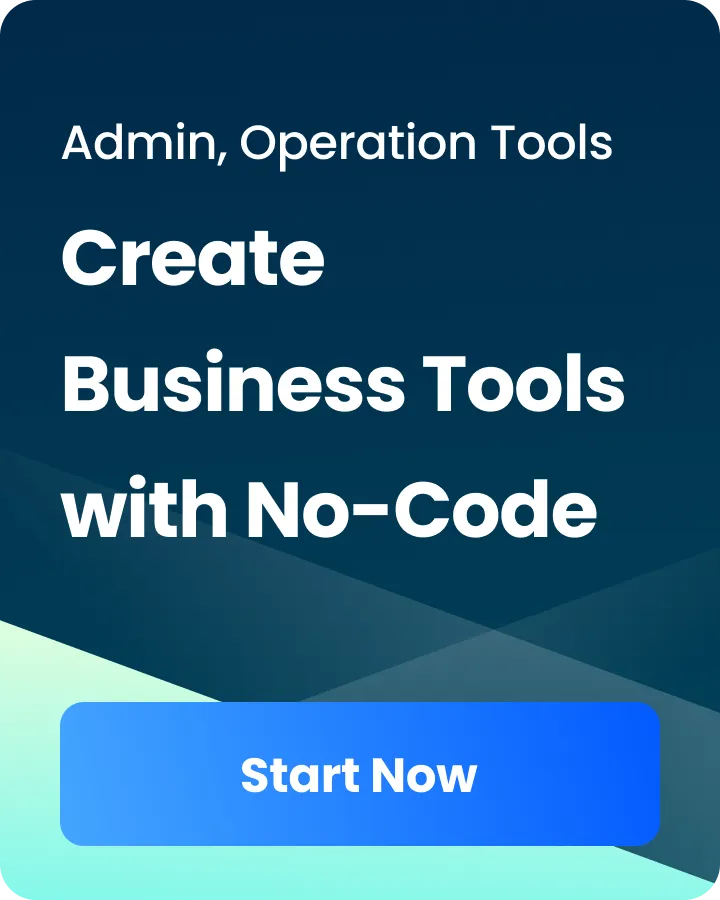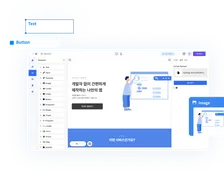Marketing
AI in Content Marketing: 5 Practical Ways to Use in 2024
Ekta Swarnkar
4/18/2024
0 min read
TABLE OF CONTENTS
Although marketers feared AI would take over their jobs, they still embraced it to find ways to achieve better results. From gaining audience insights to providing personalized customer experiences, AI improved the outcomes significantly.
As a result, brands that adopted AI into their content marketing systems early are targeting better customers, creating relevant marketing messages, and getting more signups today.
So, how these brands did it? How are they using AI in content marketing?
If you’re curious about that, you’re in the right place. This post lists five practical ways marketers can use AI in content marketing to gather accurate user insights, create personalized customer experiences, and achieve better results.
With that said, let’s get right into the strategies.
5 effective ways to use AI in content marketing
Although content creation and optimization tools were already in the market, the launch of ChatGPT changed everything. Marketers thought that was the end of human writers, but it only increased low-quality ChatGPT-generated content, which needed to be humanized before publishing online.
Other than content creation, which is more recent, AI has been helping marketers in many related areas for years. And if you want to understand how, here are five effective ways marketers use AI in content marketing:
Use social listening tools to gain customer insights
Improve user experience by personalizing content based on user’s preferences
Predicting customer behavior based on past trends
Automate chatbot marketing to answer audience queries
Create images and videos to support content marketing
#1. Use social listening tools to gain customer insights
Less than a decade ago, it was difficult to identify customers’ issues. Marketers used keyword research tools, which were inaccurate or varied largely with the audiences’ needs. They’re left with no choice but to test different ideas and hope for some of them to click.
Social listening tools like SproutSocial and Synthesio solved this problem. These tools monitor audience interaction on social media platforms to:
Identify trends: such as popular keywords, topics getting attention, and content formats.
Keep an eye on competitors: such as finding topics they’re talked about and things the audience likes/doesn’t like about them.
Gain customer insights: such as identifying their preferred topics, content formats, sentiments, pain points, and demographics.
Brand monitoring: such as tracking brand mentions and automatically removing/hiding malicious comments that harm the brand’s image.
A great example is Contra, which regularly monitors brand mentions on LinkedIn (its target audience is freelancers and individual contractors who promote themselves on LinkedIn) to answer positive and negative comments.
Contra monitors its customers and brand mentions on media platforms closely and responds actively to make sure they feel heard and valued.
When you get data directly from the source, you’ll create relevant content your audience will relate to. Employ AI tools to monitor your audience's interaction on social media platforms 24/7 to gain insights and improve your brand image.
#2. Improve user experience by personalizing content based on user’s preferences
The role of AI in content marketing is more prominent than mass content production. It’s about personalizing the content experience to become a more relevant brand for your audience.
According to a McKinsey report, 76% of customers say they’re more likely to buy from a brand that personalizes their experience.
And a Salesforce survey revealed that 66% of customers expect brands to understand their needs and wants.
So, what do these statistics tell us?
These direct us to one thing—personalizing customer experiences is no longer a fun marketing test for brands with huge budgets. It’s a necessary strategy to ensure that you don’t lose your customers to competitors that personalize customer experiences.
AI-powered customer data platforms like Segment work 24/7 to collect customer data from multiple social media platforms to provide recommendations so brands can offer unified, personalized experiences across all platforms, such as email, social media, and paid ads.
In an interview with SessionBoard, Josh Shephard, head of event technology and innovation, talked about Atlassian’s process of personalizing customer experiences. He said Atlassian focuses on forecasting and investing in emerging technologies to stay ahead, which means constantly monitoring customers’ interactions to find clues that could tell more about their needs.
#3. Predicting customer behavior based on past trends
If there’s one thing that AI has helped immensely, it’s this: Helping brands predict customer behavior for the near future based on past experiences. By knowing how customers would react in a particular situation, brands are able to take the right actions to match their customers’ expectations.
Here are a few ways behavior predictions have helped companies improve their content marketing efforts:
Optimal content timing: Analyzing past trends enabled brands to understand when their customers were primarily active and share content at the right time.
Predictive lead scoring: Content engagement levels of different prospects allowed sales and marketing teams to score leads and carry out selling efforts based on scores.
Optimizing sales collaterals: Analyzing past customer interactions with sales teams allows them to prepare required sales collaterals in time and optimize the sales journeys of new customers.
Content experience optimization tools like PaperFlite allow brands to create a content repository of sales and marketing collaterals to automate and personalize customer content experiences. Companies also use CleverStory (a product of PaperFlite) to create dynamic content based on customers’ preferences.
#4. Automate chatbot marketing to answer audience queries
Even after making sales teams available 24/7 to cater to a globally-located audience, brands couldn’t respond to their queries immediately. This was a major setback as time delays caused prospects to switch to competitors.
Yes, rule-based chatbots were there, but they could only answer simple questions and often misunderstood queries. That’s when AI-powered chatbots came and optimized the customer journey by being available 24/7 and handled even complex queries of multiple customers simultaneously.
AI-powered chatbots like Botsonic are programmed with NLP (natural language processing) and ML (machine learning) to identify keywords and respond to complex queries, just like ChatGPT. Mailmodo uses an interactive chatbot on its website to encourage customers to chat, call, or video call with sales teams.
Mailmodo’s chatbot is unique because it attracts visitors’ attention by prompting them to click on it and ask any questions they might have about the product. This is a great strategy to make new visitors remember your brand!
In 2022, 88% of website visitors engaged with chatbots during their research process.
The chatbot market size is expected to grow at a CAGR of 24.32% by 2029.
What does this mean? It means that the audience prefers quick responses. They don’t mind if it’s from a chatbot as long as they can get answers to their questions quickly.
#5. Create images and videos to support content marketing
According to a recent survey by Buffer, video is the most engaging content format in social media:
Reels (short videos) on Instagram get twice as much engagement as carousels and images.
Videos are the most popular on Twitter (X.)
Videos and pictures are the top two engaging content formats on LinkedIn.
Videos are also loved on Facebook and YouTube.
As a result, videos have become the primary content format to attract users' attention. But producing videos has always been a struggle. Not only is video production expensive, but it is also time-consuming. That’s when brands started creating videos using AI. Tools like:
Vidyo.ai allowed teams to create multiple repurposed videos from one video clip.
Synthesia allowed teams to create AI-powered videos by giving text prompts.
Video production is no longer expensive or time-taking. Using AI, you can create stunning videos in a few minutes by giving text-based prompts.
AI tools like ChatGPT also allowed image creation based on text prompts:

Not only for content creation, optimization, and distribution, AI can also help you create stunning marketing assets that can be shared to attract new audiences and engage existing followers. Using images and videos generated by AI-powered tools allows you to improve content quality and make it attractive for your audience.
Maximize your content impact using AI
AI in content marketing is not just about producing AI-generated content. It’s about using AI to understand your customers better and improving their experiences with your brand so they choose you over your competitors. Let's recap the main ways brands are using AI in content marketing to make waves:
Social listening is huge—it lets brands tune into customer conversations and really understand what makes their audience tick.
Customizing content to fit each user is critical. It's about making sure everyone feels like you're speaking directly to them.
Predicting customer behavior helps brands stay one step ahead. Knowing what your audience might do next lets you tailor your strategies better.
Chatbots are your 24/7 available brand representatives, providing quick and accurate answers to customer questions anytime.
Creating engaging visuals, like videos and images, helps grab attention and keeps people interested.
With these strategies, companies are seeing better targeting, more relevant messages, and increased engagement. Now, it’s your turn to implement them and optimize your content marketing.
However, testing different AI approaches is critical—it helps find what works best for reaching and resonating with your audience.













